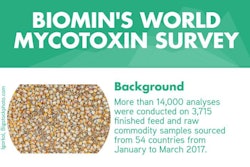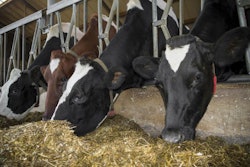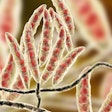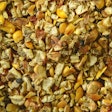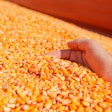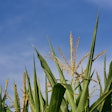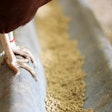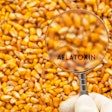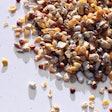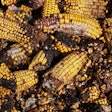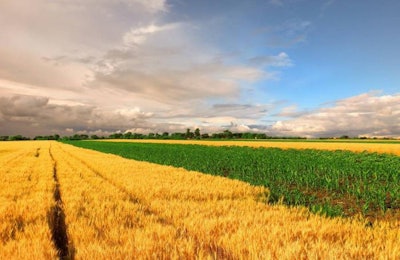
Four additional states in the U.S. have reported deoxynivalenol (DON) in their wheat crop, as several challenges hit the corn crop, according to Neogen’s Mycotoxin Report from July 31.
States with new reports of DON in wheat are Kansas, Kentucky, Ohio and Arkansas. These are added to the states that have previously reported DON in wheat: Alabama, Texas, Missouri, Georgia, Virginia, Oklahoma, Tennessee, Kentucky and Maryland.
The winter wheat crop is 84 percent harvested, which is four points ahead of the five-year average. Ninety-six percent of spring wheat has reached the headed stage. This is two points ahead of the five-year average.
Dry conditions throughout the Northern Great Plains have affected spring wheat quality; 33 percent is in the good to excellent category, and 40 percent is in the poor to very poor category.
Corn hit with several challenges
This year’s corn crop has faced several challenges, making plants more susceptible to mold, according to Dr. Max Hawkins of Alltech’s Mycotoxin Management Team. These challenges include a late start, higher-than-average replanting, too much or too little rain, and numerous wind and hail events.
Sixty-two percent of corn is in good to excellent condition, which is 14 points less than in 2016. Twelve percent of corn is in poor to very poor condition, compared with 5 percent in 2016.
States with high percentages of corn in poor to very poor condition are:
- South Dakota, 37 percent
- North Dakota, 23 percent
- Colorado, 23 percent
- Indiana, 18 percent
- Nebraska, 15 percent
- Illinois, 11 percent
- Ohio, 10 percent
Sixty-seven percent of corn has reached the silking stage. This is two points behind the five-year average. Eight percent of corn has reached the dough stage, which is five points behind the five-year average.


